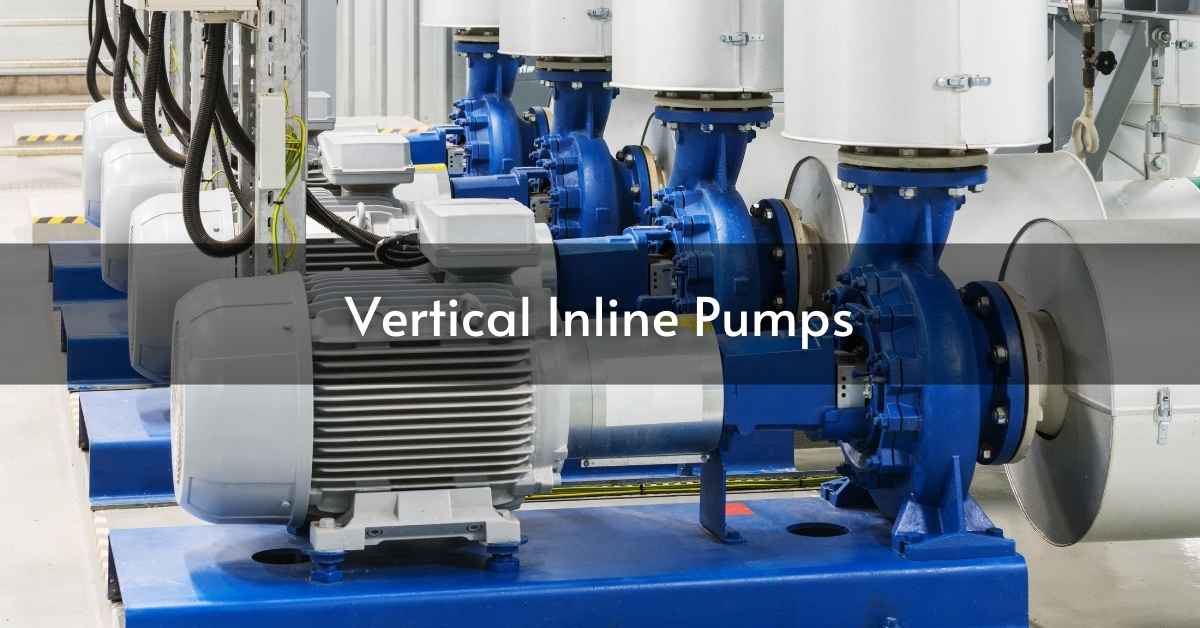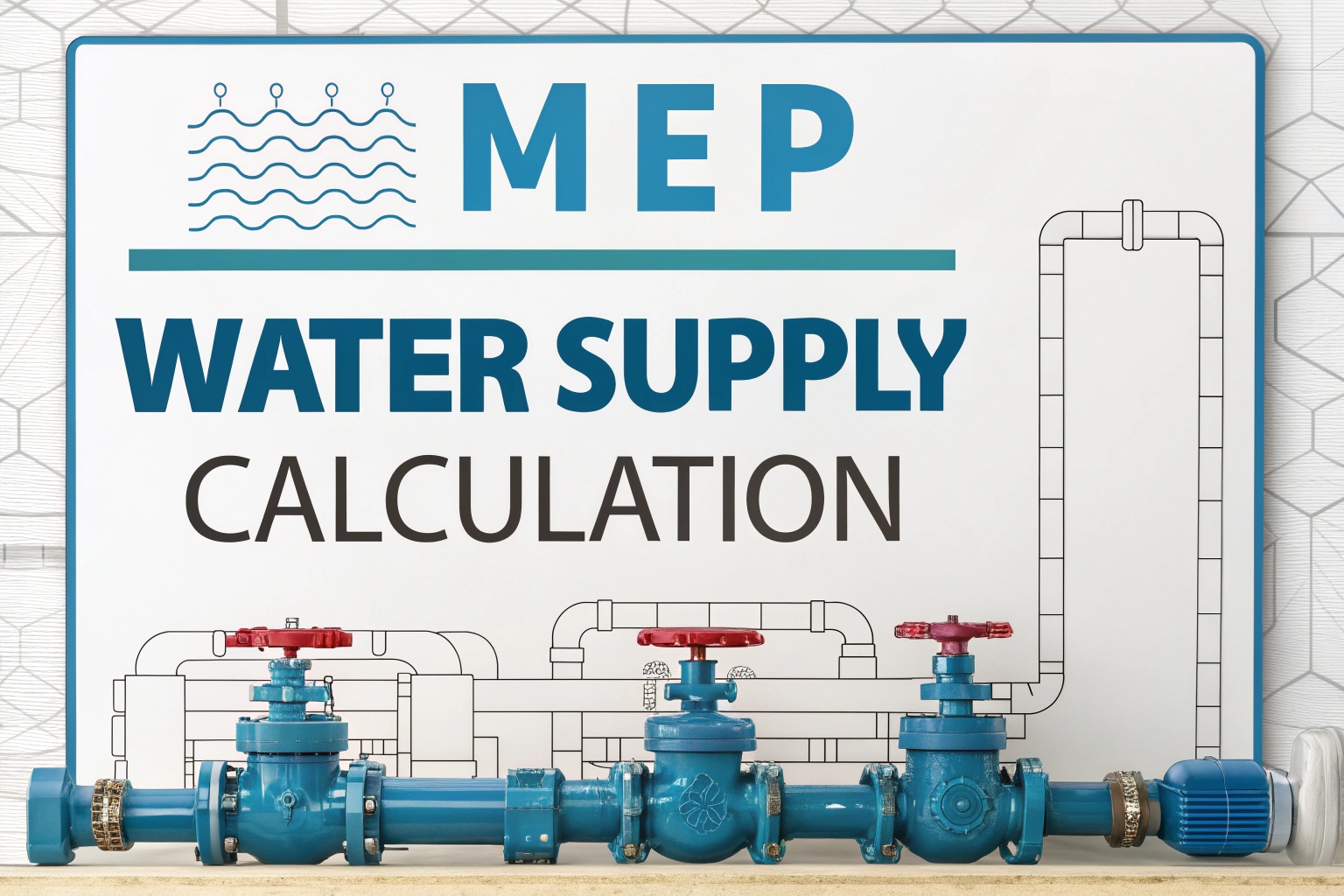Vertical inline pumps are important parts of the plumbing system for high-rises and other multi-storied structures. In particular, these kinds of pumps are meant to get rid of the low domestic water supply pressure when the pressure from the city network is low. Let’s take a look at how they work, their components, and some common applications.
What is a Vertical Inline Multi-Stage Pump?
A vertical inline multi-stage pump is a centrifugal pump. It comprises several impellers, or stages; this makes the water increase the pressure at the output. Most vertical inline multi-stage pumps stand upright, saving them space, yet they are efficient at raising the pressure in the plumbing system.
Why Use a Booster Pump?
Plumbing fixtures need sufficient water pressure to work. If city water supply is not of satisfactory quality, you will need a booster pump. A booster pump boosts water pressure so it can reach plumbing fixtures on tall buildings’ upper floors, even when pressure from the city mains might be low.
Understanding Pressure Requirements
In a four-story building, city water pressure should be able to provide even the most distant plumbing fixture with enough pressure. But if we go up to thirteen stories, everything changes. The extra height means the city probably will not be enough to supply the upper floors with water. This situation requires installing a booster pump.
Single Stage vs. Multi-Stage Pumps
The selection of a pump involves two options: single-stage and multi-stage pumps. A single-stage pump has one impeller, and it is best used for applications that have large flows at low pressure. In a multi-stage pump, there are two or more impellers lined up in series. This arrangement allows the multi-stage pump to handle different rates of flow and pressure levels.
How Multi-Stage Pumps Work
Multi-stage pumps have a number of impellers in a single shaft. Every impeller has curved blades increasing the fluid’s velocity and then augmenting its pressure. Thus, you can vary the number of impellers depending on the pressure that is required. The more the impellers, the greater the pressure.
Pressure and Flow Dynamics
While making a choice for a pump, understanding how pressure and flow interact together is one of the important considerations. Whenever the flow decreases, more pressure develops for the same number of impellers on the part of the pump. Conversely, when the flow increases, the pressure available decreases. Therefore, the choice should be of a pump that can handle the greatest flow while at the same time giving the desired pressure.
How Does A Vertical Inline Multi-Stage Pump Work?
In a multi-stage pump, water enters from the bottom through the suction side, which moves into the first impeller. Every impeller that follows increases the pressure but doesn’t change the volume. With an increase in demand, the motor speed of the pump can adjust with the help of a variable speed drive (VFD) in such a way that the volume increases while the pressure stays constant.
Impeller Stacking and Pressure Increase
The pumps utilize the stages of impellers to generate some higher pressures. Every impeller thus adds up to the overall pressure of the pump, hence aiding the latter in handling various demands accordingly.
Variable Speed Drives in Pump Operation
Variable speed drives are significant for the operation of vertical inline multi-stage pumps. They allow us to vary the flow and pressure according to our needs as changes may occur in water demand. For example, in places such as hotels or tall buildings, the demand for water differs considerably during the day.
Key Components of Vertical Inline Multi-Stage Pumps
Knowing the main parts of the pumps above will help you determine which pump to choose and maintain:
- Motor: It gives the power to rotate the pump.
- Impellers: The rotating parts speed up the fluid.
- Volute Casing: This spiral-shaped part converts kinetic energy into pressure energy.
- Shaft: It is connected between the motor and impellers.
Working of the Pump
Fluid enters from the suction inlet into the pump, where it is guided by the impeller. When the impeller rotates, it develops a force that throws out the liquid and creates a fast flow. The volute casing captures the fluid, slows down, and transforms its kinetic energy to pressure energy before it exits out of the discharge port.
Applications of Vertical Inline Multi-Stage Pumps
These pumps have several applications, which include:
- These pumps are applied in HVAC systems that regulate temperature.
- The pumps find application in water supply systems.
- Industries require a constant pressure of water, due to which these pumps are used.
- For emergency purposes, firefighting systems need to have sufficient water pressure.
Maintenance and Troubleshooting
The top tip of maintaining vertical inline multi-stage pumps for a long period is through regular maintenance. Some tips include:
- Often examine the seals and gaskets for leakage and wear.
- Check whether the motor and electrical connections have signs of damage.
- Keep checking the performance of the pump and pressure readings to determine any problem
- Clean the impellers and volute casing to ensure there are no blockages.
Common problems and Solutions
Some of the common problems you are likely to encounter include:
- Inadequate Pressure: Check for blockages or leaks in the system.
- Noisy Operation: Check on displaced parts or worn out bearings.
- Overheating: Check that the motor remains cool and that it is not overloaded.
Conclusion
Vertical inline pumps play a vital role in maintaining the water pressure in high rise buildings. By understanding the working mechanism, how the parts are available and in which circumstances the parts are utilized, one will be in a position to handle these parts efficiently. These pumps are small but play significant roles in the households, corporate offices, and plants by making water pressure and availability dependable. If you want more information about vertical inline multi-stage pumps, get more informational materials or speak to an expert in the industry.
FAQs
What is a vertical inline pump?
It operates in a straight line. That is to say, the inlet and outlet of this pump are in the same plane. One of the major uses of this pump is in dead-ended areas, such as on board ship. It carries a vertical drive shaft and has an optional priming pump allowing it to be self-primed.
What is the difference between horizontal and vertical inline pumps?
The main difference is the position of the shaft. The horizontal centrifugal pumps generally have the shaft lying flat, supported by bearings. On the other hand, the vertical centrifugal pumps have the shaft standing upright. The design on the shaft varies. It can be radially dissected or overhung.
What is the principle of a vertical pump?
A vertical pump works by speeding up water as it moves into the diffuser bowl, which sits just above the impeller. When water enters the diffuser bowl, it changes from high speed to high pressure.
What are the different types of inline pumps?
There are two main types of inline pumps: horizontal and vertical. This classification depends on how the pump’s shaft is positioned. Horizontal inline pumps usually work best in low-pressure and moderate-temperature situations. They are also easy to install, repair, and maintain.
Read More – Solar Water Heaters: Active and Passive Systems Explained













